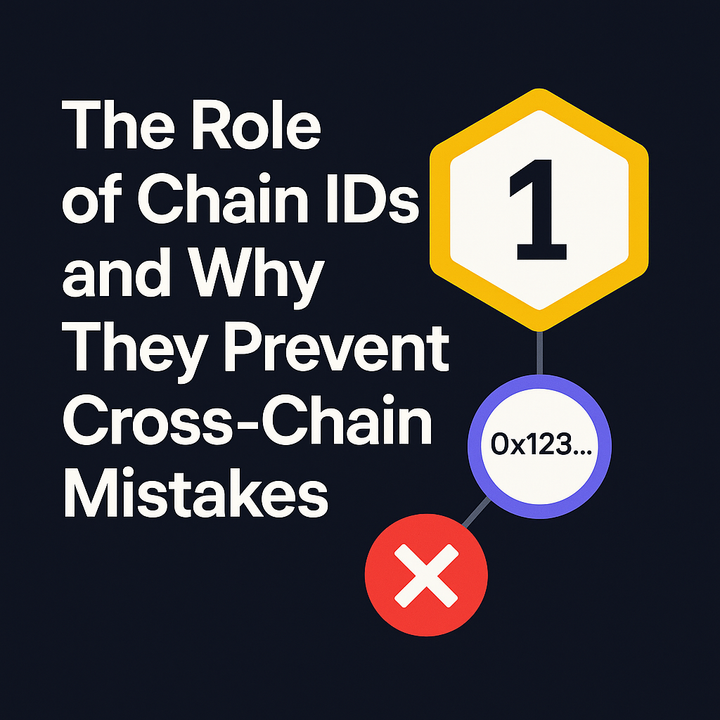The Mitosis Fortress: A 360-Degree View of the Protocol's Multi-Layered Security System

1. Introduction: Why Security is Everything in Cross-Chain
In the world of decentralized finance (DeFi), cross-chain protocols are both the biggest breakthrough and the biggest headache. They promise us a unified, interconnected space for assets and data, but their history of billion-dollar hacks serves as a stark reminder of how high the stakes are. When you entrust a protocol with your funds to move between networks, you are relying on its ability to withstand the most sophisticated attacks.
That is why security cannot be just one of the "features" of a cross-chain protocol. It must be the foundation upon which the entire architecture is built. Any weakness in one component can lead to catastrophic consequences for the entire system.
Understanding this, Mitosis designs its security system not as a monolithic wall, but as a deep, multi-layered defense – a fortress with several levels of protection. Each layer is designed to counter a specific class of threats, and together they create a synergistic effect, making the protocol significantly more resilient to attacks.
The Four Layers of Mitosis's Defense
Mitosis's approach to security can be broken down into four key layers, each of which we will explore in detail in this article:
- Layer 1: Message Passing Security. This is the very foundation – how to guarantee that information about your transaction, transmitted from chain A to chain B, is not forged or distorted.
- Layer 2: Smart Contract Security. This is the protection of the protocol's "code" itself. How to ensure there are no vulnerabilities in the logic of Mitosis's smart contracts that could be exploited to steal funds.
- Layer 3: Economic Model Security. This is the defense against attacks targeting the protocol's economic incentives and liquidity model. How does the EOL model and other economic mechanisms enhance overall resilience?
- Layer 4: Operational Security and Governance. This is protection against the "human factor" and ensuring long-term reliability. Who makes decisions, how is the protocol upgraded, and what happens in emergencies?
Only a comprehensive approach covering all these layers can provide the level of reliability required for an infrastructure protocol of Mitosis's scale.
What Will You Learn From This Article?
In this article, we will conduct a 360-degree review of the Mitosis security system. We will detail each of the four layers of defense, explaining:
- What specific threats exist at each layer.
- What technologies and approaches Mitosis uses to counter these threats.
- How these layers interact with each other to create a single, robust system.
Our goal is to give you a complete and clear understanding of why you can trust Mitosis when conducting cross-chain operations. Let's begin our journey through the Mitosis "fortress," starting with its outer perimeter – message passing security.
Section 1.1: Layer 1 – The Impenetrable Communication Channel (Message Passing Security)
The Threat: An attacker could try to "trick" the protocol on the destination chain by sending a fake message claiming a transaction was made on the source chain (e.g., funds were locked). If the protocol believes this message, it might mint unbacked assets that the attacker would immediately withdraw. This was the attack vector for many bridges.
The Mitosis Solution:
Mitosis does not build its own, isolated validator system. Instead, it uses a combination of cutting-edge technologies to ensure maximum security at this layer:
- Underlying Messaging Protocol (e.g., Hyperlane): Mitosis uses specialized protocols for the "delivery" of messages itself. These protocols already have their own data integrity mechanisms.
- Cryptoeconomic Security of EigenLayer AVS: This is the key enhancement. Mitosis integrates an Actively Validated Service (AVS) from EigenLayer. This means that every cross-chain message, before being executed, must be verified and attested to by a broad, decentralized set of operators who are restaking their ETH as a security deposit.
- Why is this so secure? To forge a message, an attacker would have to gain control over a huge share of these operators, which would require an attack costing billions of dollars in staked ETH. This makes the attack economically unfeasible.
The Result: The Mitosis communication channel is secured not just by a few signatures, but by the collective economic power of the Ethereum ecosystem, creating one of the most robust cross-chain message verification mechanisms available today.
In the next part, we will examine how Mitosis protects its own code and economic model, delving into the inner layers of the "fortress's" defense.
2. The Inner Defense Perimeters: Code, Economics, and Governance
Having secured the communication channel, the Mitosis "fortress" must also be protected from within. Let's examine the inner layers of defense that ensure the integrity of the protocol itself and its assets.
Layer 2: The Impenetrable Code (Smart Contract Security)
The Threat: Even with a perfectly secure communication channel, vulnerabilities in the code of the Mitosis protocol itself could allow attackers to bypass internal checks, manipulate balances, or directly withdraw funds from smart contracts. Logic errors are one of the most common causes of hacks in DeFi.
The Mitosis Solution:
Mitosis employs a multi-faceted approach to ensure the quality and security of its code:
- Independent Security Audits: Engaging multiple reputable auditing firms to thoroughly review all smart contract code. Publishing the reports of these audits is standard practice to demonstrate transparency.
- Bug Bounty Programs: Creating public reward programs ("bug bounties") for white-hat hackers who find and responsibly disclose vulnerabilities. This leverages the collective intelligence of the community to find bugs before malicious actors do.
- Thorough Testing: Conducting comprehensive internal testing, including unit, integration, and scenario testing, to cover all possible use cases and edge cases.
- Formal Verification (Potentially): For the most critical components of the protocol, formal verification—a mathematical method that proves the code works exactly according to its specification and is free of certain classes of errors—may be applied.
The Result: The combination of these practices significantly reduces the likelihood of critical vulnerabilities in Mitosis's smart contracts, protecting the protocol from direct attacks on its codebase.
Layer 3: The Resilient Model (Economic Security)
The Threat: Attacks can target not only the code but also the protocol's economic model. For example, an attacker might try to manipulate asset prices to cause cascading liquidations or attack the protocol's liquidity to extract value.
The Mitosis Solution:
The Ecosystem-Owned Liquidity (EOL) model is itself a powerful element of economic security:
- Reducing the "Honeypot" Risk: In traditional bridges, huge amounts of user funds are locked in a single contract, making it an attractive target. In the EOL model, liquidity is owned and actively managed by the protocol, which changes the economics of an attack.
- Treasury Risk Management: The Mitosis Treasury, managing EOL, must apply strict risk management policies:
- Diversification: Distributing assets among various reliable stablecoins, major cryptocurrencies, and LSTs to reduce the risk associated with a single asset's crash or a de-peg.
- Conservative Deployment: If EOL is deployed in other DeFi protocols for yield, the choice must be limited to the most trusted and audited platforms with established risk limits.
- Well-Designed Tokenomics: (When announced) Mitosis's tokenomics must be designed to incentivize long-term and honest behavior from participants and make economic attacks on the protocol unprofitable.
The Result: A well-thought-out economic model makes Mitosis more resilient to market manipulation and shocks, protecting the value owned by the ecosystem.
Layer 4: Accountable Governance (Operational Security)
The Threat: The "human factor" is one of the biggest threats. Compromised admin keys, operator errors, non-transparent decisions—all can cause damage to the protocol and its users.
The Mitosis Solution:
- Secure Key Management: Using multisigs for all critical contracts, where actions require signatures from multiple independent parties. A gradual transition from team-managed multisigs to fully decentralized governance via a DAO.
- Decentralized Governance (DAO): In the long term, transferring control over the protocol to the community via a DAO is the main operational security mechanism. It distributes responsibility and reduces the risk of abuse by a single group.
- Transparency and Monitoring: All protocol governance actions must be public and trackable. Implementing real-time monitoring systems to track anomalous activity and respond promptly to threats.
- Incident Response Plans: Having clear and predefined action plans for emergencies, including mechanisms to temporarily pause the protocol ("circuit breakers") to protect user funds.
The Result: Strong operational security and decentralized governance create a robust system of checks and balances, protecting against errors and malicious actions related to the human factor.
Conclusion: Security as a Unified Whole
The Mitosis "fortress" is not built on a single wall, but on four interconnected and mutually reinforcing layers of defense. A reliable communication channel (AVS), secure code (audits), a resilient economic model (EOL), and accountable governance (DAO) together create a comprehensive security system designed to protect liquidity in the aggressive and unpredictable Web3 environment.
It is this 360-degree approach to security that allows Mitosis not just to claim its reliability, but to prove it in practice, striving to become one of the most trusted infrastructure protocols for the future Internet of Value.
Learn more about Mitosis:
- Explore details on the official website: https://www.mitosis.org/
- Follow announcements on Twitter: https://twitter.com/MitosisOrg
- Participate in discussions on Discord: https://discord.com/invite/mitosis
- Read articles and updates on Medium: https://medium.com/mitosisorg
- Blog: https://blog.mitosis.org/



Comments ()